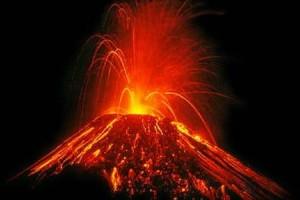

This post is written by geologist Richard Wilson who specializes in Volcano seismicity and Armand Vervaeck. Please feel free to tell us about new or changed activity if we haven’t written about it. -
July 30, 2012 volcano activity
This is an early activity report only focused on the activity below Mt. Tongariro, New Zealand.
Rodger Wilson writes :
Another round of (more intense) seismicity at Tongariro today.
The Tongariro volcanocam shows a possible thunderstorm (not an eruption cloud I hope!), so the tremor-like signal may be just wind noise, but the red spikes are definitely earthquakes.
I have included RSAM (real time seismic amplitude measurement) and SSAM (Seismic Spectral-Amplitude Measurement) graphs. Theses are utilized when pre-eruptive seismicity becomes so intense it is impossible to distinguish individual events. We may be getting ready to witness such an event!
ER : Since Rodger send in this report (yesterday evening US Western time), seismicity slowed down considerably to 1 quake the last 10 hours.
Graphics courtesy GNS Science and Geonet New Zealand
This is Rodger’s normal daily activity report
- In Mexico, exhalations of gas and ash have dropped to an average of once every two hours (versus 3-4 times an hour during heightened activity) at Popocatepetl volcano. Some tremor is visible on the Popo seismogram this morning (the large signal at the top of the record is the M5.9 Chiapas earthquake) and the volcano continues to issue significant amounts of SO2 into the atmosphere.
- Two volcanoes that are not so quiet are located in Guatemala. Tremor remains at high levels at Fuego volcano, suggesting a new outburst any day now. (station FG3) At nearby Santa Maria volcano, rockfalls and small degassing events are evident on seismograms there. (station STG3)
Our two Colombian “regular performers” (Galeras and Nevado Del Ruiz) are relatively quiet today, but newcomer Sotara volcano is still producing small volcanic earthquakes at a regular pace. (station SOSO)
Both satellite and seismic data indicate activity is up again at Tungurahua volcano (Ecuador). (station RETU)
Across the pond in New Zealand, Tongariro volcano fired-off another volley of earthquakes overnight. The swarm occurred during stormy weather which complicates seismograms with tremor-like signatures. To remedy this problem, volcano-scientists have developed RSAM and SSAM analysis software which measures the amplitude and predominate frequencies of seismic “noise” eminating from a volcano. The data are displayed as spectrograms to allow researchers to identify noise at particular bandwidths (volcanic noise typically is from 1-3 HZ) which might be indicative of volcanic activity. GNS has a great primer on how to read seismograms and how volcanologists and seismologists identify volcanic signals.
- Our report of a strong eruption at Sheveluch volcano , Kamchatka, was confirmed in the Russian press. Ash rich clouds were monitored to have reached 10 km or 33000 ft. The strong eruption lasted for about 40 minutes. Nearby villages and towns have however not reported any ash fall.
Activity observed by satellites
VAAC’s worldwide have reiterated volcanic ash clouds at Sakurajima and Batu Tara
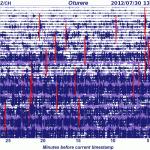
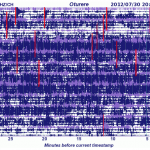
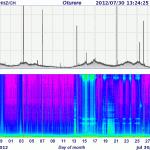
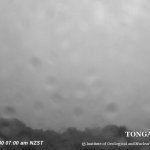
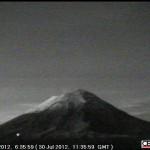
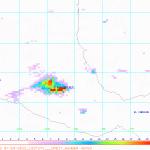

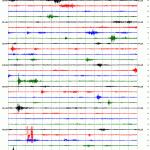
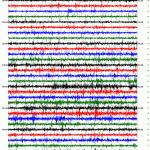
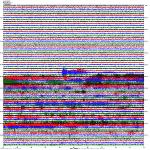
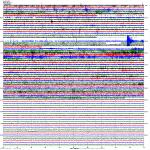
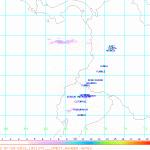
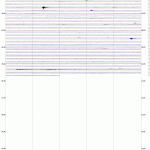
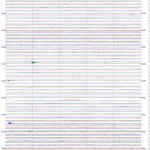
Interesting articles
Kronotsky Nature Reserve on the Kamchatka Peninsula is gathering volunteers (Russian)
Volunteers will be rewarded contemplation of the magnificent scenery and a meeting with the forest dwellers. Upon completion of all work, designed for two weeks, volunteers, will enjoy a stay at the hot springs Kipelov , famous for its healing capacity and at the recreation center “Tumrok” located on the adjacent territory. By the way, out at night can be clearly seen the glow of lava flowing down the slope Kizimen.
Applications for participation in volunteer activities, you can now leave the site Kronotsky reserve under “Volunteering.” Read more …
Video (Time-Lapse)
Because of favorable weather at Sakurajima volcano, Japan, we were able to time-lapse a “normal” explosion at the crater. Imagine this is happening many times daily and sometimes even more powerful than this one. We used the great Opentopia.com Sakurajima webcam. Images courtesy Opentopia.com. Although difficult to see, the incandescent explosion can be seen at the start of the eruption.


[+] Read before you subscribe – click here
- The selection of a weak Magnitude, a 24 hour delivery on a worldwide list would result in an avalanche of emails (each earthquake will generate an E-mail). A more selective Magnitude, delivery option and area of your interest will give the best result.
- As we have decided not to use a control panel or password, the parameters of your subscription can only be changed by canceling your subscription (link in each Email we send). To fine-tune your options, simply generate a new subscription.
- We will not share your E-mail with anyone else, it will be used only for earthquake alerts.
- Please make sure that you are white listing our emails as otherwise they may be deviated to your spam folder.
Delivery frequency Immediately Every 60 minutes Once a day
E-mails start at Magnitude 2.5 3 3.5 4 4.5 5 5.5 6
Enter your email address:
&
&





